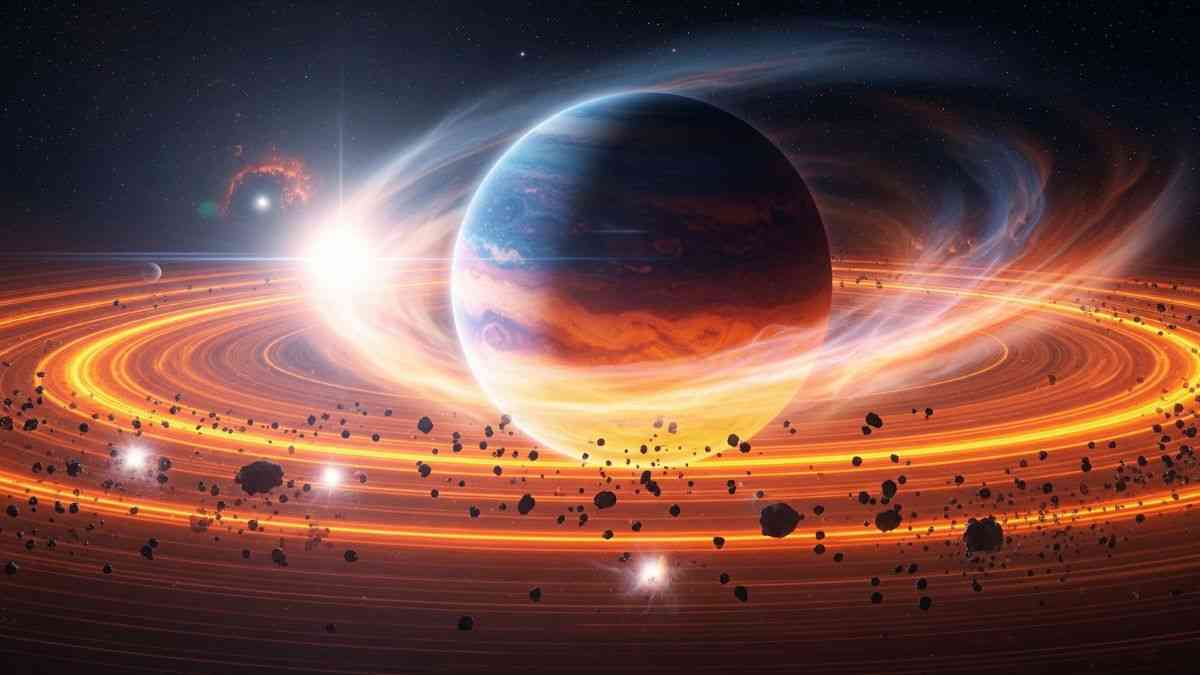Science
Ten Minutes is Enough: How AI is Changing People’s Minds
07 January 2026

For the first time in history, scientists are watching a planet being born in real time. About 400 light-years from Earth, a giant five times the size of Jupiter is emerging from a swirling cloud of gas and dust. Why is this a groundbreaking moment for science?
An international team of astronomers has observed the formation of a planet, with their findings published in the latest issue of Astrophysical Journal Letters. To understand this phenomenon, we must travel roughly 400 light-years away from Earth to the star WISPIT 2. This object is around 5 million years old and very similar to our Sun, though much younger. Perhaps that is why the planet recently spotted orbiting it is still forming. How did scientists manage to witness the birth of a planet?
Researchers have been observing WISPIT 2 for two years. Such young stars may hold the key to understanding how planetary systems like our own come into existence. Astronomers already knew that WISPIT 2 was surrounded by a disk of cosmic dust and gas — a so-called protoplanetary disk. Last spring, the Very Large Telescope in Chile captured images showing something remarkable: a gap in the ring of cosmic debris, within which a young planet was orbiting. Follow-up observations offered scientists a direct view of this planet’s formation.
You might like to read: Astronomers Were Sure It Was a Star. Now They Have Serious Doubts
Later, the Large Binocular Telescope in Arizona also imaged the object. Analysis revealed that the planet is steadily growing. In Science News, Richelle van Capelleveen from Leiden University (Netherlands), who is involved in the research, emphasized that this is the first observation of a planet actively carving a path through the disk from which it is forming.
Detecting such a cosmic “newborn” is far from simple. Baby planets are usually hard to spot among the dense swarm of rocks and dust surrounding their parent star. This planet only became visible once its gravity had cleared a distinct path through the star’s orbiting rings.
The slowly forming planet has been named WISPIT 2b. It is a gas giant five times more massive than Jupiter. Unlike Jupiter, however, it orbits relatively far from its parent star — about 60 astronomical units away. For comparison, in our Solar System, this distance corresponds to the Kuiper Belt, a region beyond Neptune filled with icy rocks and debris
Astronomers have previously observed similar gas giants born from dusty rings around their stars. But this is the first time such a planet has been observed during its formation. Scientists stress that further observations will be needed to confirm the planet’s mass and analyze the composition of its atmosphere.
Polish version: Daleko stąd rodzi się nowy świat. Co uchwyciły teleskopy?

Science
06 January 2026


Zmień tryb na ciemny